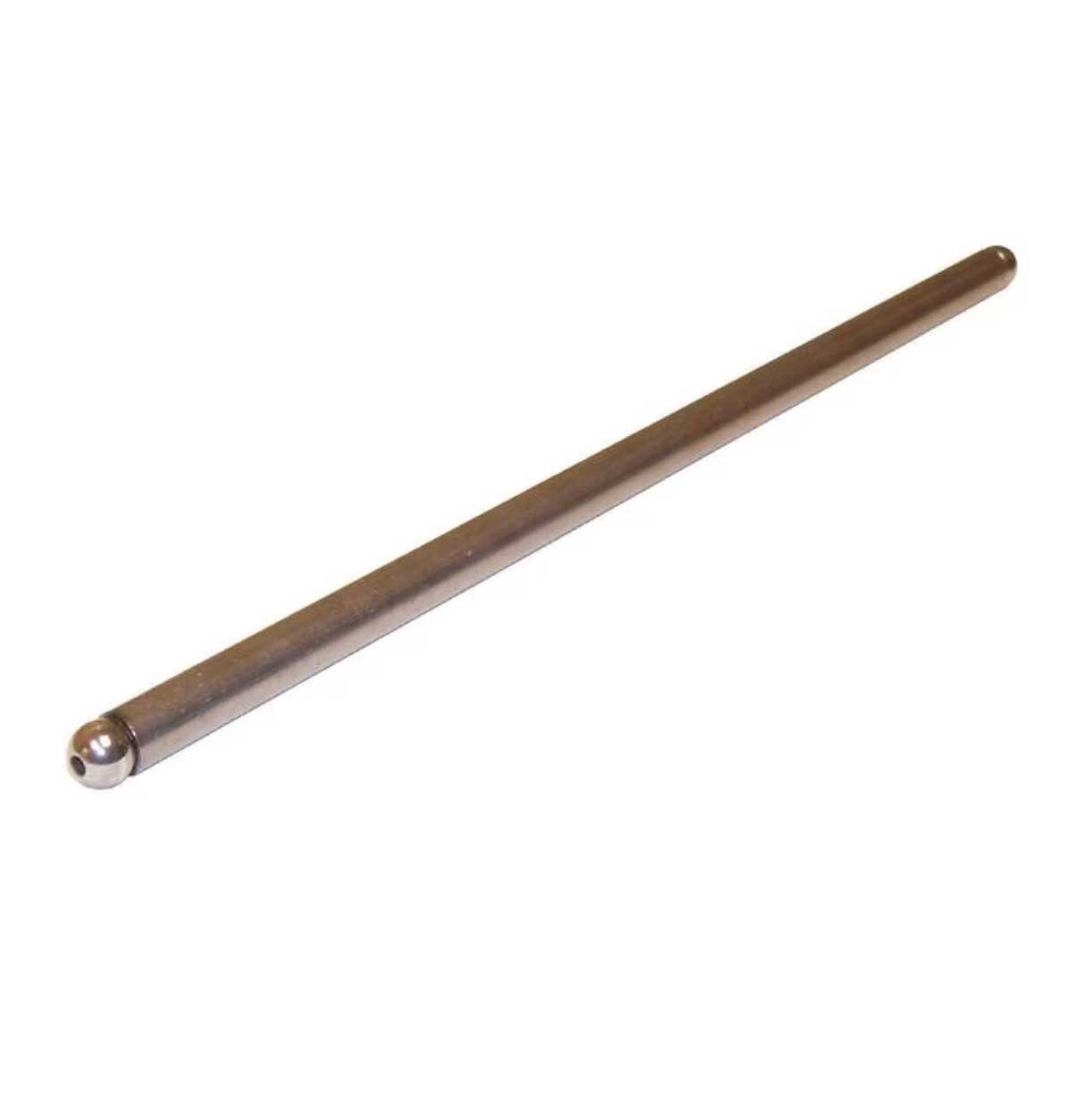Pushrod

Pushrod technology involves using pushrods to operate the engine’s valves in an overhead valve (OHV) configuration. It transfers motion from the camshaft in the engine block to the rocker arms in the cylinder head, which then open and close the valves.
Pushrod engines have been used since the early 20th century and continue to be present in certain types of vehicles, particularly where compact design and high torque at low RPMs are advantageous.
The compact and simple design of pushrod engines allows for a lower engine profile and reduced weight, contributing to lower manufacturing costs and significant low-RPM torque, making them suitable for heavy-duty and performance applications.
Pushrod engines are primarily found in large trucks, muscle cars, and some high-performance vehicles, especially in markets like the United States where these vehicle types are popular.
Automotive engineers focusing on engine design opt for pushrod technology in specific applications that benefit from its characteristics. Car enthusiasts and racers also appreciate pushrod engines for their performance and historical significance.
In pushrod engines, the camshaft pushes the pushrods, which then actuate the rocker arms to open and close the intake and exhaust valves. The system’s efficiency is ensured through careful design and maintenance of the valvetrain components, including pushrods and rocker arms.


